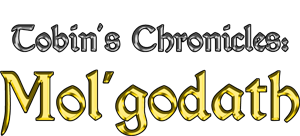
It’s relatively easy to start plopping objects onto a map and get the false sense of security that everything is ok. That is until you realise that your mega city is the size of a village because you’ve not got your scales correct.
For something like this specific example, we have known, real-world scales for cities and villages. Assuming your game units are logically set out, this should never really be a problem.
It gets tricky when you need to add things that can be ambiguous and have no standard definition in the real-world.
For example, in a forest setting, how far away should the next building that will be used for your neighbours home be? What should the spacing be between packs of mobs? How many mobs per meter squared?
Sure… you can eyeball these things, but if you’re not careful you can easily be off by half an order of magnitude. This means your overall map could be 5x smaller or bigger than it should be. This has technical side effects when it comes to terrain chunking and relative scale of objects on the other side of the same map.
To help me with this, I’ve made a composite map from a wonderful game called Dungeon Siege. The distance from the first building to the second building (given the relative running velocities and path) is around 50 seconds. I wanted to get this sort of scale for my starting map between the first and second building too. Through eyeballing, measuring, calculating and comparing, I was able to do this and have a satisfactory setup for terrain chunks and the map’s overall POIs.
Now it’s just a matter of building the damn map from my designs!



Social Profiles